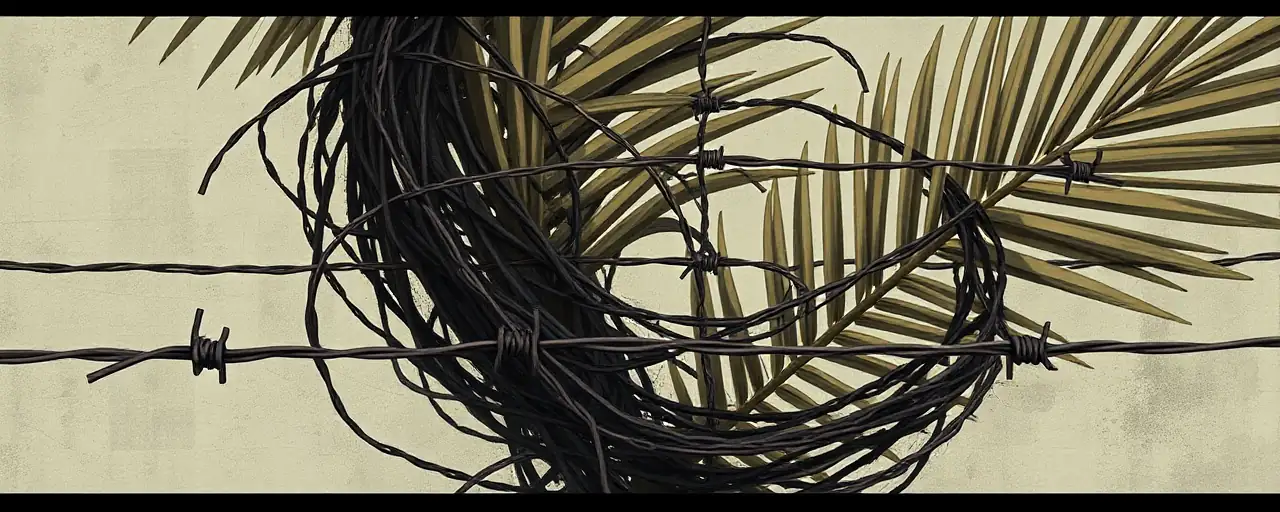A New Chapter in Moore Haven
The quiet town of Moore Haven, Florida, is stepping into the spotlight. On April 2, 2025, U.S. Immigration and Customs Enforcement (ICE) announced the revival of a partnership with Glades County, bringing the local jail back into service as a federal immigration detention center. With 500 additional beds, the facility aims to bolster ICE’s capacity to process and hold undocumented immigrants in the region. For a rural community, this move promises economic ripples, but it’s also stirring up a broader conversation about immigration enforcement and its real-world impact.
Juan Agudelo, acting director of ICE’s Miami Field Office, framed the decision as a practical win. He noted that the jail’s central location simplifies logistics, allowing faster processing of individuals facing arrest, detention, or deportation. It’s a tangible step in a state that’s become a frontline player in the nation’s immigration crackdown. Yet beneath the surface, the expansion taps into a tangle of logistical, ethical, and community concerns that aren’t easily resolved.
Expanding Capacity, Amplifying Debate
The Glades County Jail isn’t an isolated case. It’s part of a federal push to double ICE’s detention capacity nationwide, with Florida at the epicenter. As of early 2025, ICE facilities hold over 42,000 detainees, stretching a network designed for 38,500 beds. The strain has prompted stopgap measures like ankle monitors and even military bases for overflow. In Florida, Governor Ron DeSantis has fueled the effort, funneling $298 million into state-level enforcement, including training local officers to handle federal immigration duties under the 287(g) program. All 67 counties are now on board, a rare unified front.
For local governments, the financial upside is clear. Intergovernmental Service Agreements (IGSAs) like the one in Glades County bring federal dollars to cash-strapped jurisdictions. Supporters argue it’s a lifeline for rural economies, creating jobs and steady revenue. But detractors see a darker side. They point to reports of overcrowding, medical neglect, and poor conditions in detention centers, raising questions about whether the drive for capacity sacrifices detainee welfare. The involvement of private contractors, who manage many facilities, only deepens the unease, with allegations of cost-cutting trumping care.
Voices From the Ground
The human stakes are impossible to ignore. Detention centers often house a mix of people, from those caught crossing the border to asylum seekers awaiting hearings. Legal representation is scarce, with only 14% of detainees securing counsel, leaving many to navigate complex proceedings alone. Advocates for immigrant rights argue that community-based alternatives, like check-ins or electronic monitoring, could achieve compliance without the trauma of confinement. They cite studies showing these options are cheaper and more humane, especially for families and vulnerable groups.
On the flip side, law enforcement officials stress the need for detention as a deterrent. They argue that expanded facilities like Glades County’s help manage a growing caseload tied to illegal border crossings and visa overstays. Florida’s recent laws, including stricter penalties and new state-level immigration crimes, reflect this hardline stance. The tension lies in balancing enforcement with fairness, a line that’s tough to draw when resources are stretched thin and public opinion is sharply divided.
A System Under Scrutiny
Logistics tell part of the story, but not all of it. ICE’s reliance on a patchwork of local jails and private operators has sparked calls for reform. Critics highlight inconsistent oversight and a lack of transparency, especially in facilities run by for-profit companies. Transferring detainees between sites to ease overcrowding adds costs and delays, while reports of abuse, from solitary confinement to denied medical care, keep piling up. Proposals to shift away from IGSAs toward direct federal contracts aim to tighten standards, but progress is slow.
Florida’s aggressive approach adds another layer. State policies, like the 2023 mandate for employers to use E-Verify and restrictions on undocumented students’ tuition, signal a broader clampdown. The partnership with ICE through programs like 287(g) blurs the line between state and federal roles, prompting legal challenges over constitutional limits. For residents near places like Moore Haven, the effects are immediate, jobs and revenue on one hand, fear and distrust in immigrant communities on the other.
What Lies Ahead
The reopening of Glades County Jail marks a concrete step in ICE’s mission, but it’s also a microcosm of a national struggle. The push for more beds reflects a system racing to keep up with demand, driven by policies that prioritize enforcement over alternatives. For every argument about efficiency or security, there’s a counterpoint about rights and dignity. The data backs both sides, 42,000 detainees straining capacity, yet only a fraction with legal help, and conditions that vary wildly from one facility to the next.
As Florida doubles down, the ripple effects will play out in real time. Communities like Moore Haven will feel the economic boost and the social strain. Families caught in the system will face uncertainty, while policymakers grapple with a debate that’s as old as the nation itself, how to enforce borders without losing sight of humanity. The answers aren’t clear, but the questions are getting louder, and they’re not going away anytime soon.
